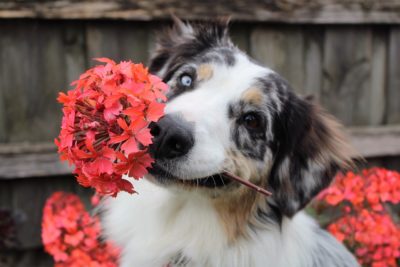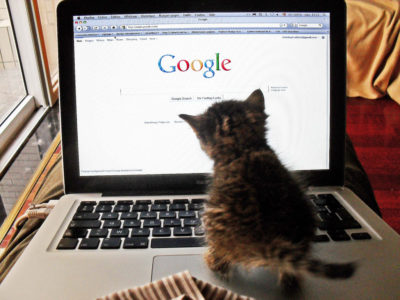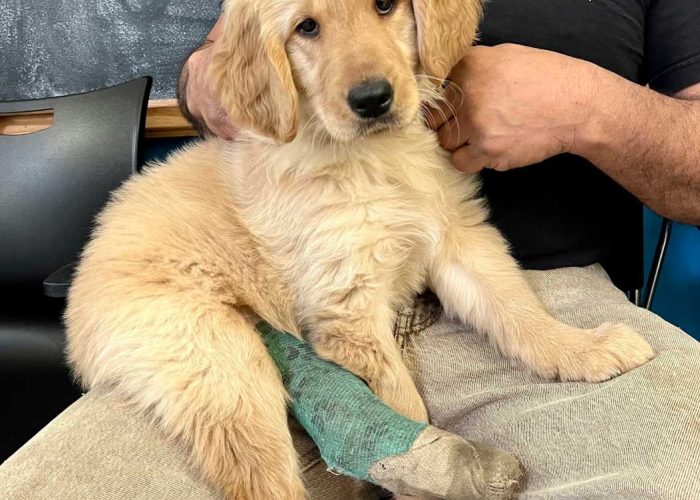(or How I Stopped Worrying and Learned to Love Hiding Poisons from my Pet)
As humans, we have the ability to read a package and say, “Oh hey, this is poison. I won’t eat it.” Our pets aren’t so lucky, as much as we may want them to be able to read our favorite novel because we’re absolutely sure they’d love it (this may just be me).
Our pets take care of us in a number of ways; part of that relationship is returning that care in the ways we’re able to. It’s easy to forget that, when it comes to certain household items, even just one mistake could be fatal. As they say, an ounce of prevention is worth a pound of cure (especially when there might not be a cure), so here are some basic tips on keeping household poisons away from your pets.
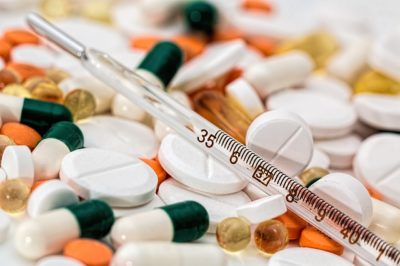
No Pill-Poppin’ Puppies
The two most commonly ingested pet toxins are prescription medications and over-the-counter medications. If you’re like me, you have some prescriptions you take on the regular, and sometimes in the rush of daily life, bottles get left sitting around. Or you’re heading out the door and want to take an ibuprofen, but forget to put the bottle back in the cabinet. Childproof caps help a lot with keeping pets out of medication, but the only truly safe solution is keeping those medicines out of reach in a cabinet, closed and secured. And do not give human medicines to pets; the dosages of common medicines are often much different for pets than for humans, so even if a medicine isn’t inherently poisonous, the dosage could be too much. Always consult a veterinarian if you’re unsure about something.

Dogs to the Left, Cats to the Right
It’s tempting, especially if you’re on a budget, to think you can get away with giving something meant for a dog to a cat (like flea medicine, for example), but the truth is that dogs and cats have different reactions to a lot of chemicals, both synthetically produced and those that naturally occur in food. So it’s important to always follow the directions on any product or medication meant specifically for dogs or cats.
 Hooray for Chemicals
Hooray for Chemicals
Speaking of chemicals, let’s get down and dirty talking about all the various poisonous chemicals commonly found in the home.
- Cleaning products: as much as possible, keep these up high, or in a cabinet with a lock (childproof locks work really well, unless your pet has somehow developed opposable thumbs).
- Automotive products: motor oil and antifreeze are highly toxic to pets. According to the ASPCA, as little as a teaspoon of antifreeze can be deadly to a cat, and less than a tablespoon can be lethal for a 20-pound dog. If you’re working on a car and leave a spot of oil or antifreeze on the ground, clean it up. It could be enough to end the life of your furry friend.
- Lawn chemicals: fertilizers, herbicides, and insecticides are all dangerous. Keep them stored in a locked cabinet, and don’t let your pets enter a yard treated with these chemicals until they’re dry. Better yet, do your research and find solutions for your lawn that are safer for your pet. And if you’re in the yard using these chemicals, be sure to remove shoes and change clothes when you come inside so you aren’t tracking them into the house.
- Pesticides: household pesticides are often dangerous to pets. If you’re leaving bait traps, keep them out of reach of pets. Sprays and foggers should be used when the pets aren’t present, and should be allowed to dissipate completely before allowing your pet back in the area. Refer to the product’s instructions to determine exactly how long that should be. Check out this fact sheet for more info.
A Cornucopia… of DANGER
Just because something is natural doesn’t mean it isn’t poisonous. Certain plants can be very toxic to pets. As with a lot of things, the danger isn’t always spread evenly among dogs and cats. Be aware of not only the plants that you’re keeping in your home, but also the ones that occur naturally in your yard. How do you know what plants are dangerous? Ah, read on, dear friend…
Meet my friend Google
Luckily, a great many of us have devices that can access the pretty much the entirety of accumulated knowledge about this. You know, the internet. You’re using it right now. Mostly you use it to send pictures of your pets.
Google ends up being a decent resource to get basic information on whatever you want, including info on what plants are poisonous to pets, tips on storing chemicals safely, and on and on. It’s also great for finding specialized resources to answer your more complicated questions about what’s safe.
In addition, the ASPCA is a tremendous resource for information on pet poisons. They also have a Animal Poison Control Center Hotline (888-426-4435), but depending on your situation, it may cost money to use.
But wait, there’s more! (Just not right here)
There are also a number of foods that can be harmful to pets as well. Our blog post “Human Foods, Not Pet Foods” covers some of the most dangerous human foods for pets, and provides resources to help you determine whether something is safe for your pet.
In the end, while there are a great number of potential toxins in the home, a little research and effort into keeping these things away from pets can make all the difference, and the wealth of information available makes it easy to quickly discern if something is a potential toxin.
Our job here is to provide resources to you to help you make the best decisions about your pet’s health so you can have a long, happy life together. Sometimes it seems like tragedy is always lurking just around the corner, but it doesn’t have to be that way. Educating yourself on the potential perils for your pet not only provides them a safer environment, but gives you peace of mind as well.
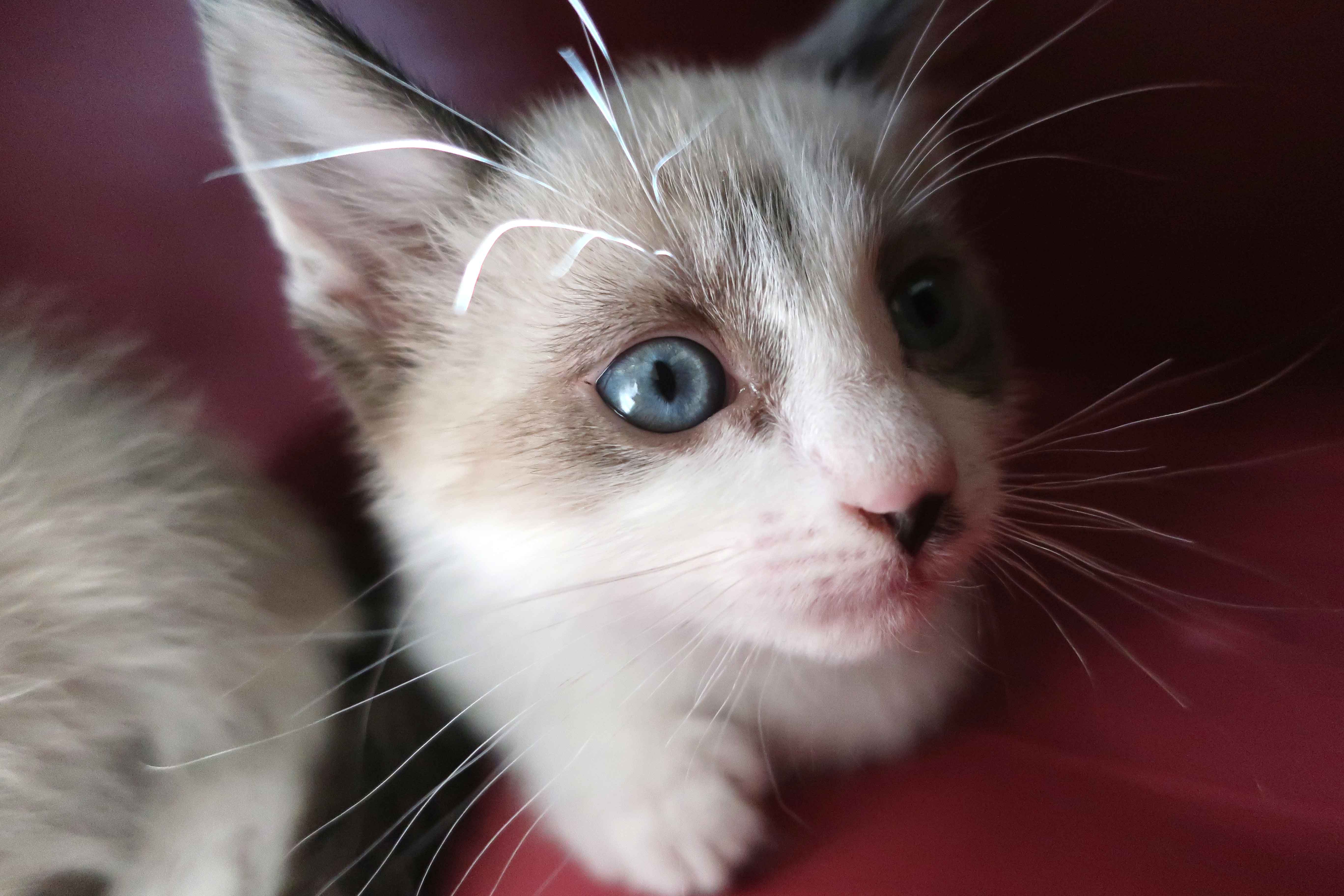
 Hooray for Chemicals
Hooray for Chemicals